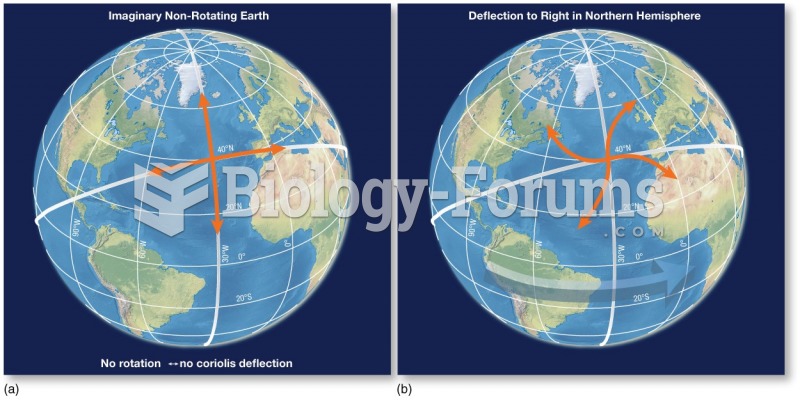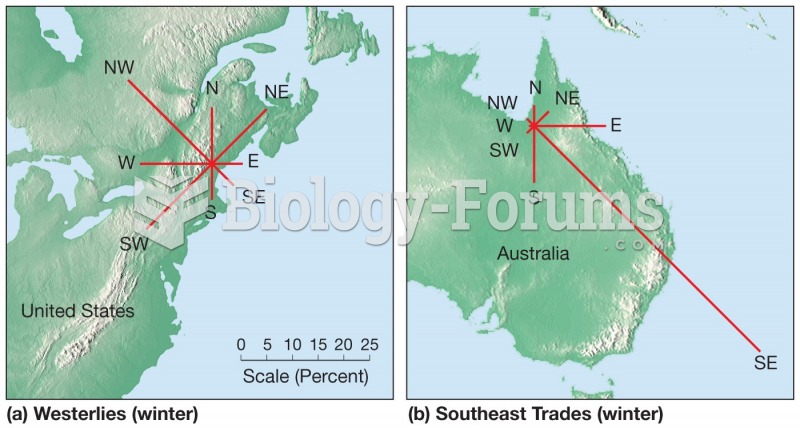Answer to Question 1ANS:Answer
should include:
Tropical cyclones rotate counterclockwise in the Northern Hemisphere and clockwise in
the Southern Hemisphere. This is the opposite of normal circulation patterns, but tropical
cyclones are influenced by the Coriolis effect.
The anomaly of cyclone rotation is caused by the deflection of winds approaching the
center of a low-pressure area. In the Northern Hemisphere, there is a deflection of an
approaching air mass to the right.
The region around the equator is unable to generate tropical cyclones because the
Coriolis effect is too weak to start a rotation of the air mass.
Answer to Question 2ANS:Answer
should include:
At the boundaries between circulation cells, air moves vertically. This can cause surface
winds to be very weak and erratic.
There are very calm equatorial waters in the area where Hadley cells converge. This area
was termed the doldrums by sailors. Scientists call this region the intertropical
convergence zone (ITCZ) to reflect what is happening in the area.
The strong heating in the ITCZ causes air to expand and rise. The humid air loses its
moisture while rising. This corresponds to tropical rainforests on land.
Weak surface winds and high atmospheric pressure occur where Hadley and Ferrel cells
meet. These areas have sinking air which is quite dry.
The Hadley-Ferrel convergence areas lie around 30 latitude. This convergence
corresponds to the world's largest deserts. This is due to the compressional heating as the
air begins to sink on its journey towards the poles. In the ocean, these areas are referred
to as horse latitudes. This is in reference to sailors having to eat or toss livestock
overboard once they ran out of feed when stuck in these areas.
The rapid horizontal movement of air happens in zones between ascending and
descending air. These move from zones of high pressure to those of low pressure. The
result is strong, dependable windsthe most constant being the trade winds.







